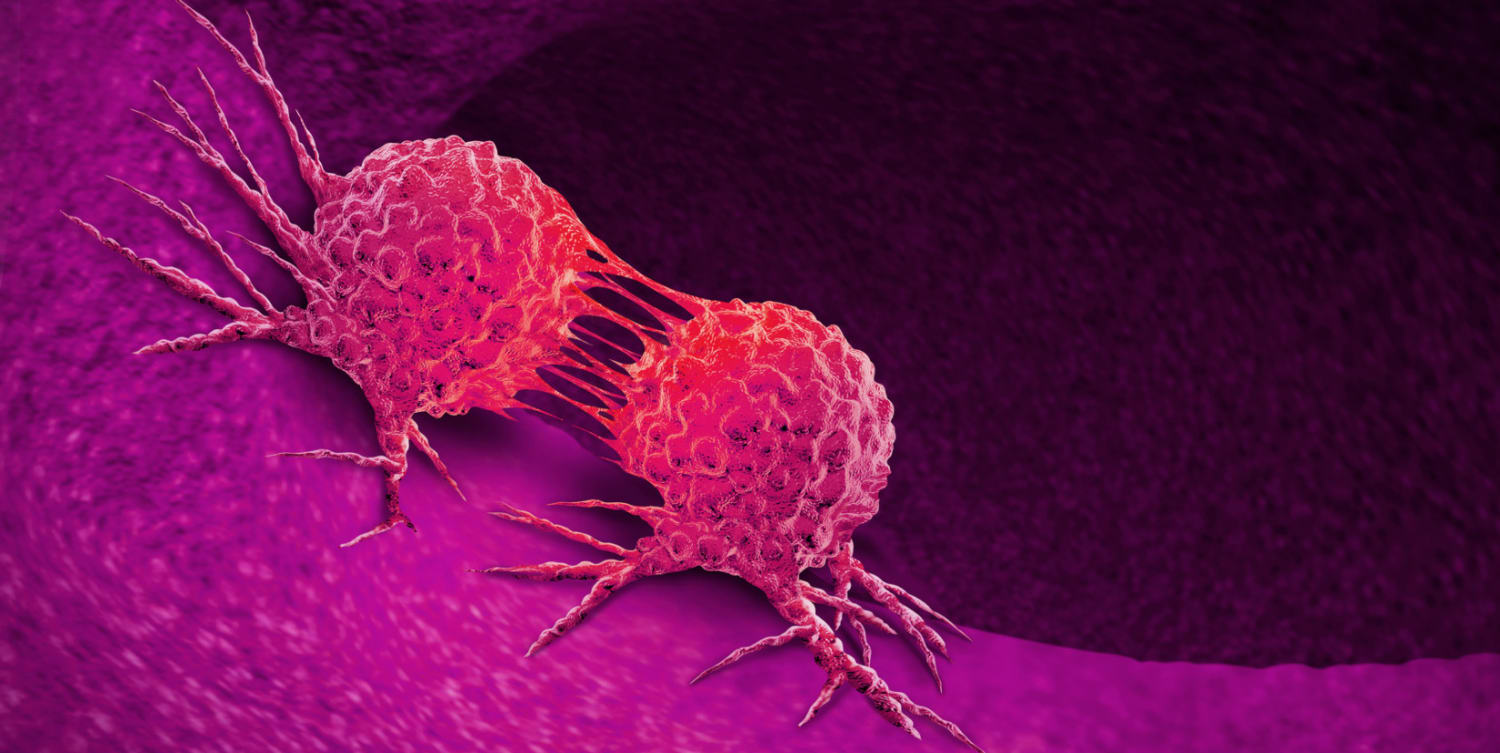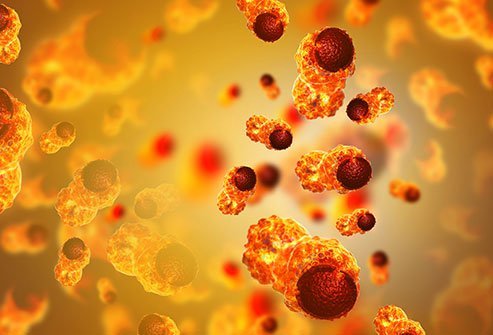Cancer

Cancer:
At the point when abnormal cells surpass growth barrier and keep on increasing vigorously anyplace in the body is called malignant growth or cancer. These abnormal cells are called carcinogenic, cancer, or tumor cells. These cells can invade ordinary body tissue. Numerous tumors and the malignant cells that make up cancerous tissue are additionally recognized by the name of the tissue from which the abnormal cells begin (for instance, breast cancer alludes to the malignancy of female breast). Malignant growth isn’t simply restricted to people; animals and other living organic entities can get cancer.

Whenever damaged cells don’t kick the bucket and become malignant cells, showing uncontrolled development and division, a mass of carcinogenic cells will create. Malignant cells can frequently dismiss this unique cell mass, move through the blood and lymphatic frameworks, and embed themselves in different organs, where they can rehash the pattern of uncontrolled development. This interaction by which malignant cells leave one region and fill in one more space of the body is known as metastatic spread, or metastasis.
Risk factors of cancer:
Whatever can make an ordinary cell in the body grow abnormally might possibly prompt malignant growth. Numerous things can cause cell anomalies and have been connected to the cancer development. The following is a rundown of underlying causes and isn’t comprehensive as explicit causes are added consistently as advanced search:
- Exposures to chemical and toxic compounds: asbestos, benzene, nickel, vinyl chloride, cadmium, benzidine, tobacco, nitrosamines or cigarette smoke. Cigarette smoke contains over 60 carcinogenic elements.
- Radiation: radon, uranium, UV rays from sunlight, radiation from sources emitting alpha, gamma, beta and X rays
- Microorganisms: HPV, hepatitis B, Epstein Barr virus, and C virus, Merkel cell polyomavirus, herpes virus associated with Kaposi’s sarcoma (KSHV) and H. pylori; some bacteria are also found to be associated with cancer.
- Hereditary factors: various explicit malignancies have been connected to human genes and are: ovary, breast, colorectal, skin, prostate and melanoma; explicit genes and different subtleties are past the extent of this overall article, so the peruser is alluded to the NCI for additional subtleties on hereditary qualities and cancer.
Clinical manifestations related to cancer?
The American cancer Society portrays seven admonition signs and side effects that show that malignant growth might be available and that should provoke an individual to see a specialist. The word CAUTION can assist you with recalling this:
- Changed bladder habits
- A non healing sore throat
- Unusual discharge from sore or nipples
- Thickening in body areas such as testicles or breast
- Indigestion and difficulty in swallowing
- Obvious size or thickness of a wart or mole
- Nagging or hoarseness
Anybody with these signs and side effects ought to counsel their PCP; these indications may likewise emerge from noncancerous conditions.
Treatment Strategies:
Cancer treatment depends on cancer type and it’s stage. In condition when cancer is completely benign and can be removed surgically, diagnosis and treatment occurs simultaneously when the tissue is removed by doctor for biopsy.
In spite of the fact that patients might get just a single therapy or successive protocol for the cancer, most therapies include at least one of the accompanying: medical procedure, chemotherapy, radiation treatment, or consolidated therapies (a mix of two or every one of the three therapies).






